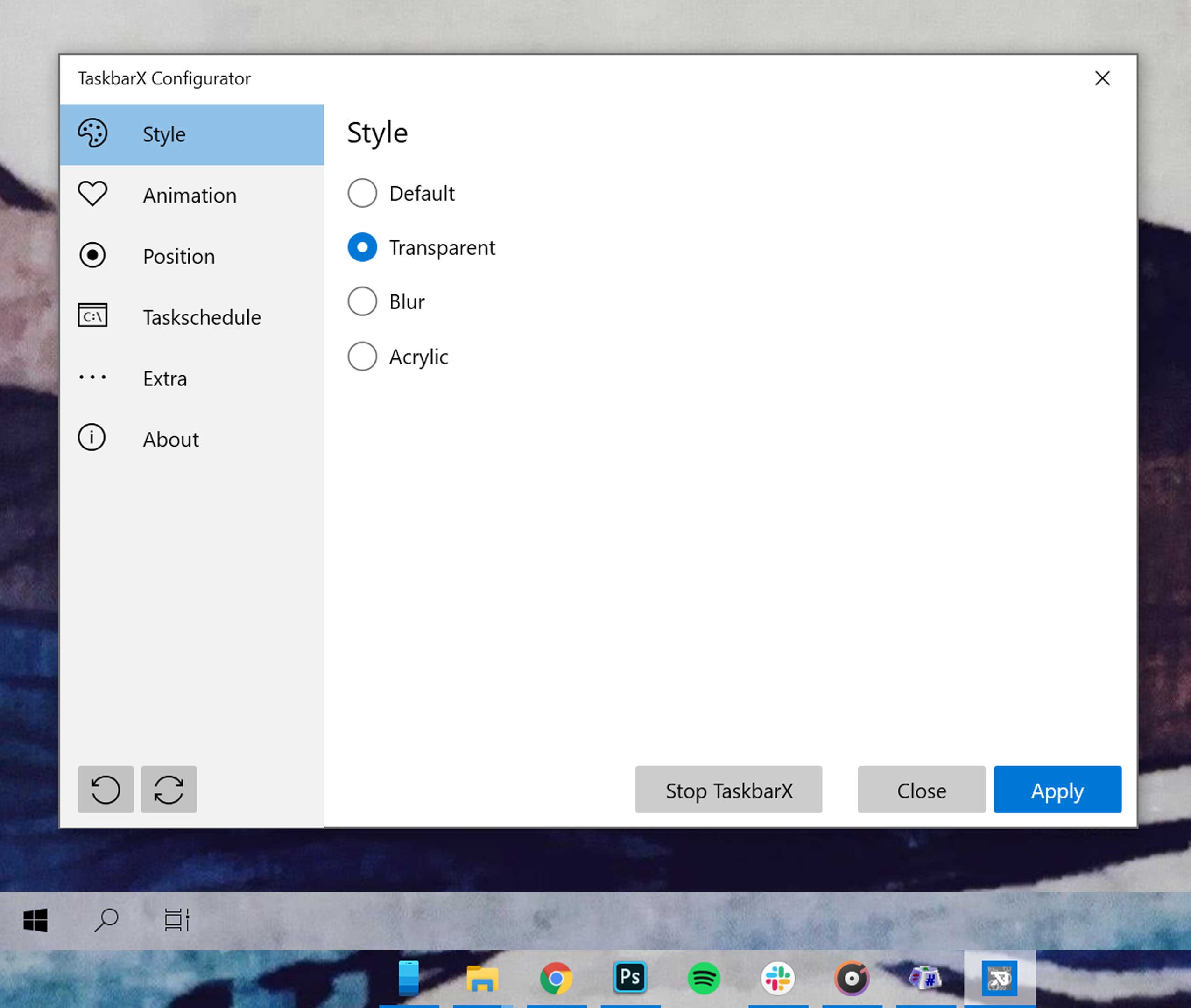

Type lsthen Return (you type Return after every command). Type cd ~/Documentsthen and press Return to navigate to your Home folder. So, for example, to move a file from one folder to another on your Mac, you’d use the "move" command mv and then type the location of the file you want to move, including the file name and the location where you want to move it to. To run a command, you just type it at the cursor and hit Return to execute.Įvery command comprises three elements: the command itself, an argument that tells the command what resource it should operate on, and an option that modifies the output. But before we do that, it’s worth spending a little time getting to know how commands work. The quickest way to get to know Terminal and understand how it works is to start using it. The app collects data like CPU load, disk activity, network usage, and more - all of which are accessible from your menu bar.
#How to use mac os x voice on cmd for mac
Basically, a third-party Terminal for Mac that acts like Finder.įor Mac monitoring features, try iStat Menus. MacPilot allows getting access to over 1,200 macOS features without memorizing any commands. If Terminal feels complicated or you have issues with the setup, let us tell you right away that there are alternatives. If you don’t like the black text on a white background, go to the Shell menu, choose New Window and select from the options in the list. If you want to make the window bigger, click on the bottom right corner and drag it outwards.

Bash stands for "Bourne again shell." There are a number of different shells that can run Unix commands, and on the Mac, Bash is the one used by Terminal.

In the title bar are your username, the word "bash," and the window's dimensions in pixels. You’ll see a small window with a white background open on your desktop. To open it, either open your Applications folder, then open Utilities and double-click on Terminal, or press Command-space to launch Spotlight and type "Terminal," then double-click the search result. The Terminal app is in the Utilities folder in Applications. Curated Mac apps that keep your Mac’s performance under control.


 0 kommentar(er)
0 kommentar(er)
